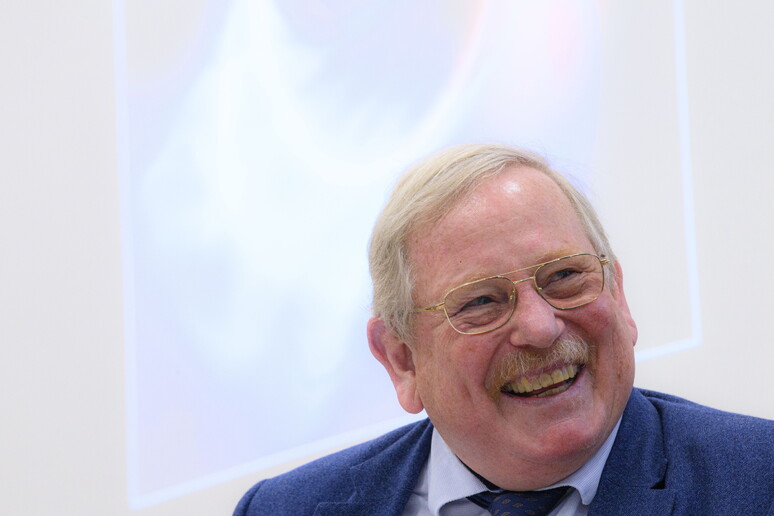Pope Francis on Thursday
named 2020 Nobel physics laureate Reinhard Genzel to be an
honorary member of the Pontifical Academy of Science.
Professor Genzel is director of the Max Plank Institute for
Extraterrestrial Physics at Garching in Germany.
He received his year's Nobel prize for physics along with Briton
Roger Penrose and American Andrea Ghez.
The award was divided, with one half being awarded to Penrose
"for the discovery that black hole formation is a robust
prediction of the general theory of relativity", and the other
half jointly to Genzel and Ghez "for the discovery of a
supermassive compact object at the centre of our galaxy."
Genzel and Ghez each lead a group of astronomers that, since the
early 1990s, has focused on a region called Sagittarius A* at
the centre of our galaxy, according to the Nobel website. The
orbits of the brightest stars closest to the middle of the Milky
Way have been mapped with increasing precision. The measurements
of these two groups agree, with both finding an extremely heavy,
invisible object that pulls on the jumble of stars, causing them
to rush around at dizzying speeds. Around four million solar
masses are packed together in a region no larger than our solar
system.
Using the world's largest telescopes, Genzel and Ghez developed
methods to see through the huge clouds of interstellar gas and
dust to the centre of the Milky Way. Stretching the limits of
technology, they refined new techniques to compensate for
distortions caused by the Earth's atmosphere, building unique
instruments and committing themselves to long-term research.
Their pioneering work has given us the most convincing evidence
yet of a supermassive black hole at the centre of the Milky Way.
"The discoveries of this year's Laureates have broken new ground
in the study of compact and supermassive objects. But these
exotic objects still pose many questions that beg for answers
and motivate future research. Not only questions about their
inner structure, but also questions about how to test our theory
of gravity under the extreme conditions in the immediate
vicinity of a black hole", says David Haviland, chair of the
Nobel Committee for Physics.
ALL RIGHTS RESERVED © Copyright ANSA











